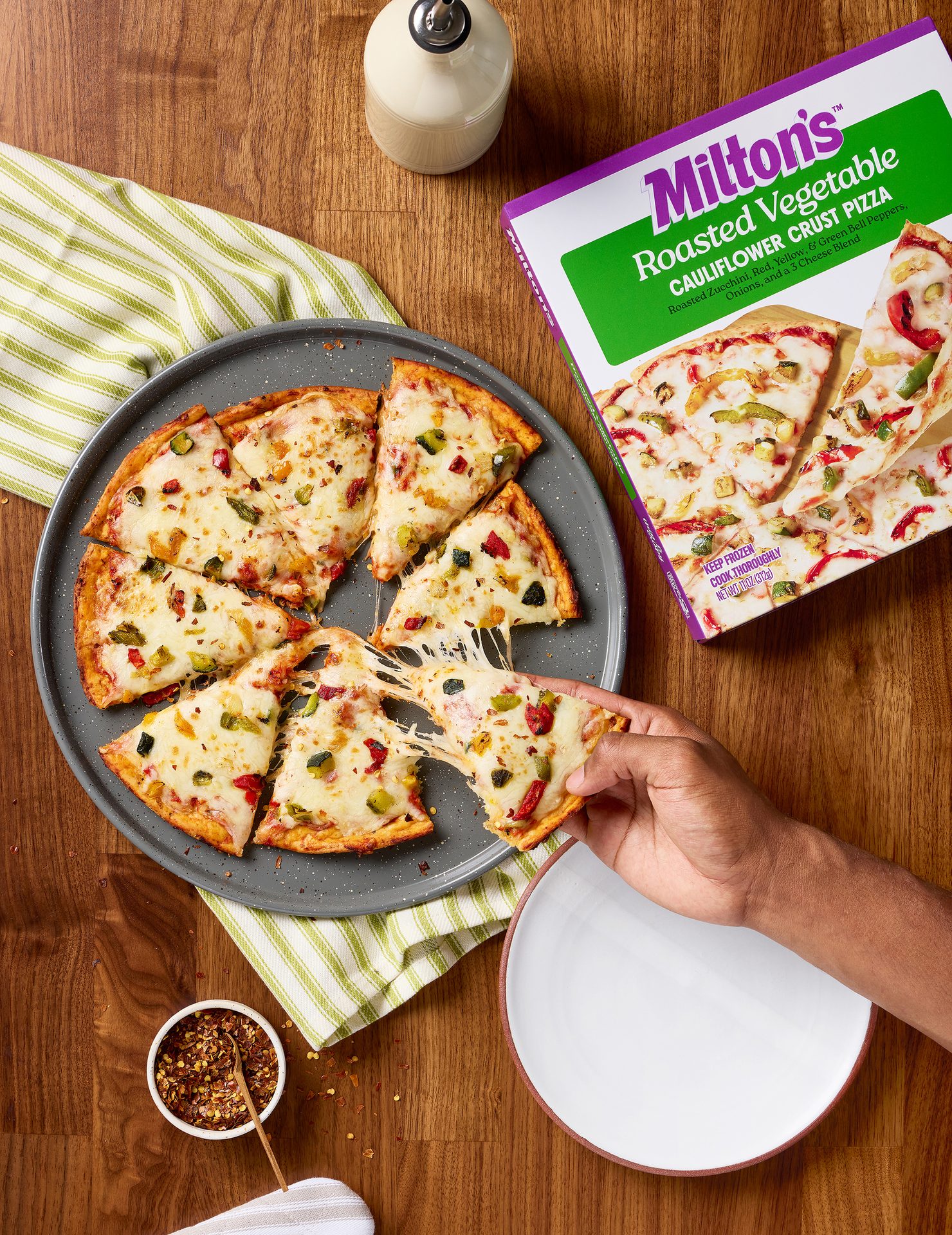The BOTTOM LINE
- Many dessert subcategories saw sales decline over the past year
- Shoppers seek a balance of value and quality
- Despite likely challenges ahead, producers remain optimistic
Bittersweet bites
The desserts category saw declines in several columns, but consumers still crave cakes, pies, and other tempting treats.
Jenni Spinner, Chief Editor
DESSERTS
STATE of the INDUSTRY

SPONSORED BY
Ups and downs are nothing new to anyone who’s been in the baking business for more than a minute—the desserts category is no exception. Unfortunately, many of the subcategories saw declines in dollar sales over the past 12 months, ranging from slight to notable. Still, U.S. consumers are still spending millions to reward themselves with layer cakes, cheesecakes, pies, specialty desserts, and other products. These continued cravings give producers reasons to expect more ups after a year of so many downs.

HOVER OVER CHART TO SCROLL DOWN
Source: Circana OmniMarket™ Total Store View | Geography : Total US - Multi Outlet w/ C-Store (Grocery, Drug, Mass Market, Convenience, Military and Select Club & Dollar Retailers) | Time : Latest 52 Weeks Ending 03-23-25
Market data
Desserts situated in both the perimeter and center store largely saw declines, but mixed in with all the drops in dollar sales (according to data from Circana for the 12-month period ending March 23, 2025) were some subcategory increases.
Perimeter cakes, for example, saw a slight 1% increase, reaching $6.2 billion for the year-long period. Layer cakes sold in that zone rose 5.1% overall to hit $1.9 billion—private-label products topped the rankings and took in the majority of sales in the subcategory, with the $1.7 billion constituting a 6.2% increase. After that, the players saw a mix of ups and downs:
- Rich Products: $27.9 million, an 11.5% decrease
- Carlo’s Bake Shop: $15.4 million, up 91.9%
- Dessert Holdings: $13.2 million, down 51.5%
Then, cheesecakes in the perimeter took in $650.4 million, a decline of 1.9%. Once again, private label reigned, with its $496.6 million representing a drop of 1.8%. Following that:
- The Father’s Table: $86.8 million, up 1.8%
- Junior’s: $13.8 million, a 1.8% increase
- The Cheesecake Factory Bakery: $12.2 million, up 8.2%
Jumping to some center-store dessert categories and subcategories: cakes overall had a dramatic decline of 10% to reach $595.8 million. C-store layer cakes brought in $26.8 million overall (a drop of 12.5%, with Grupo Bimbo enjoying the most of those dollars ($25.8 million, a drop of 13.3%). Coming in a distant second in the subcategory was upstart Royal Kosher, whose relatively modest $520,853 in sales amounted to a 147.1% jump compared to the previous year.
Looking back
As Bill Heiler—senior customer marketing manager with Rich Products—points out, Circana’s market data for the 52-week period shows largely positive results, with desserts among the slight exceptions.
“The overall category saw modest increases in both dollar sales and unit volume; most individual segments experienced gains, with everyday favorites like breads and rolls, cookies, donuts, and parfaits leading the charge,” he notes. “ More recently however, there have been setbacks for more discretionary categories like cakes, cupcakes and cheesecakes. The University of Michigan's Consumer Confidence Index began to fall with rising economic uncertainty in December, and that trend correlates with softening dessert demand in the first quarter of 2025.”
Purveyors on the foodservice side have seen ups and downs over the past year as well. Sweet treats chain Paris Baguette, for example, enjoyed rosy results, according to Chief Marketing Officer Cathy Chavenet.
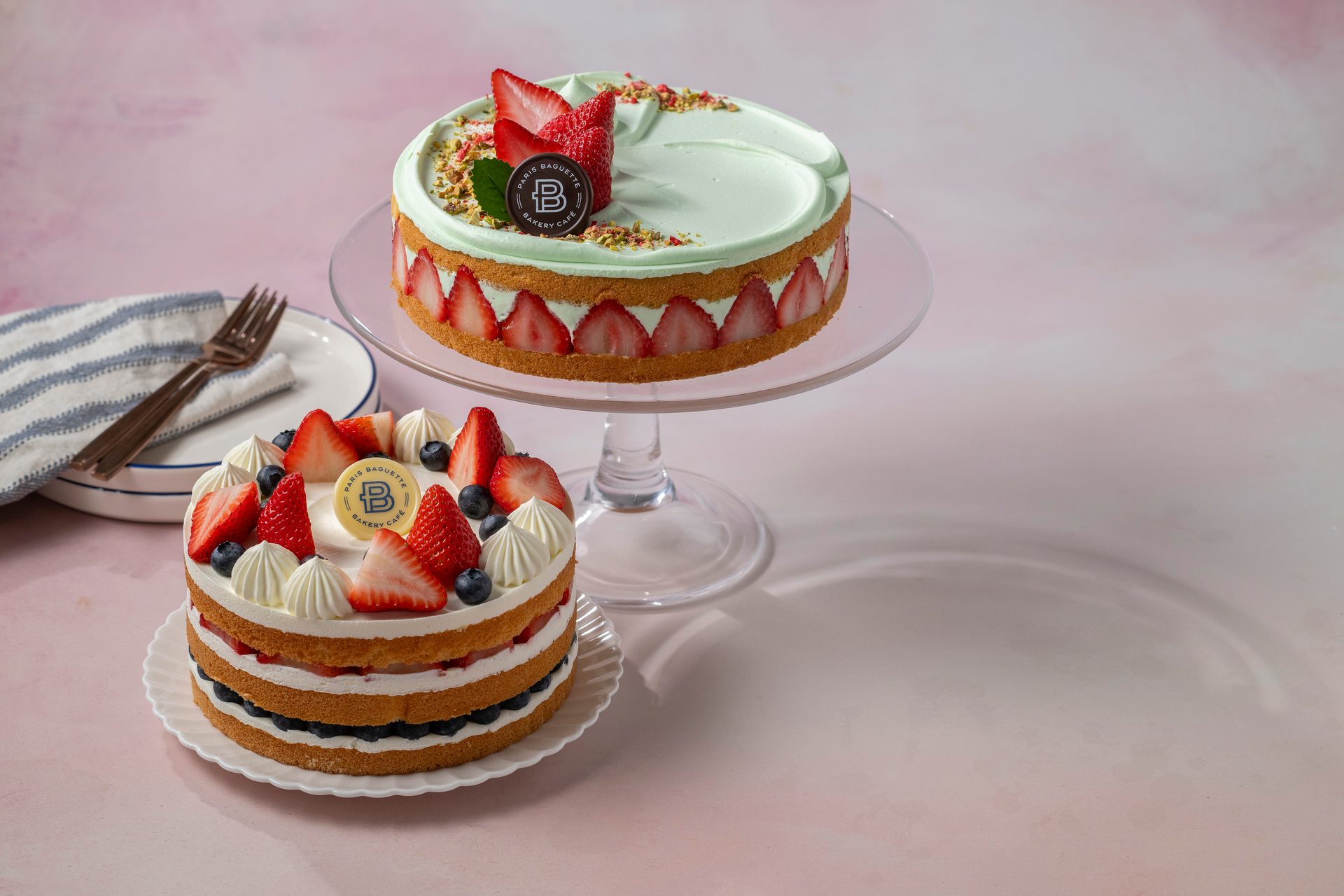
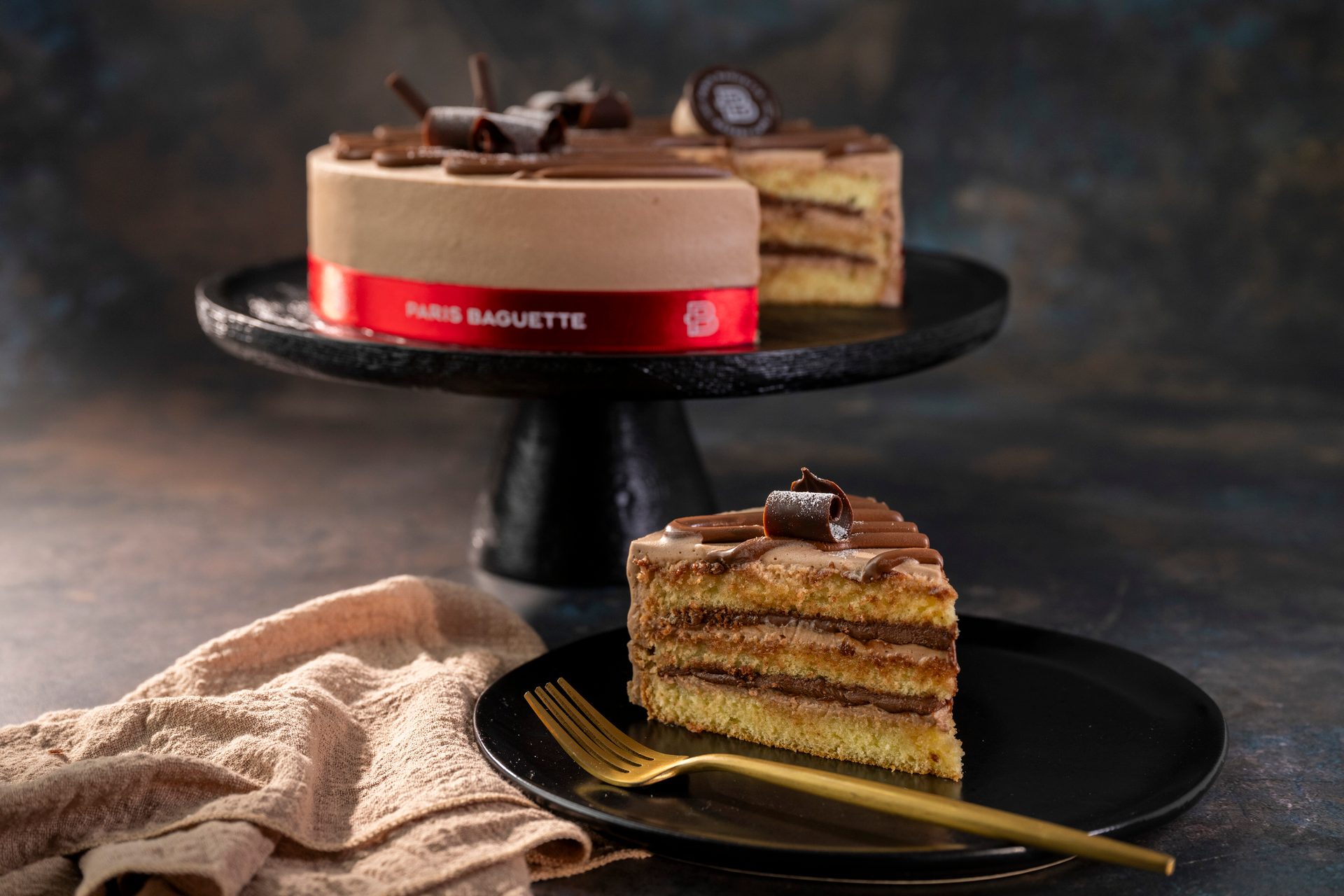
Courtesy of Paris Baguette
“We’re incredibly energized by the growth we have seen over the past year and inspired by the exciting possibilities within the evolving bakery landscape,” she says, adding, “One of the keys to our success has been the ability to remain nimble, quickly reading the trends and translating them into seasonal offerings that deliver quality, whether we’re collaborating with a beloved brand such as Nutella or tapping into the next big flavor...The sweet treat culture is strong, and consumers make room for these indulgences, especially with desserts where they can lean into small moments of joy.”
Looking forward
Dessert makers are likely not going to be alone in experiencing myriad challenges in coming months, Heiler says.
”Consumers continue to grapple with economic uncertainty,” he states. “Inflation is once again on the rise, stock market volatility driven by shifting tariff policies adds to the instability, and persistently high housing costs are stretching household budgets.”
However, he notes, companies like Rich’s stand to help consumers with challenges by offering solutions aimed at helping producers deal with theirs.
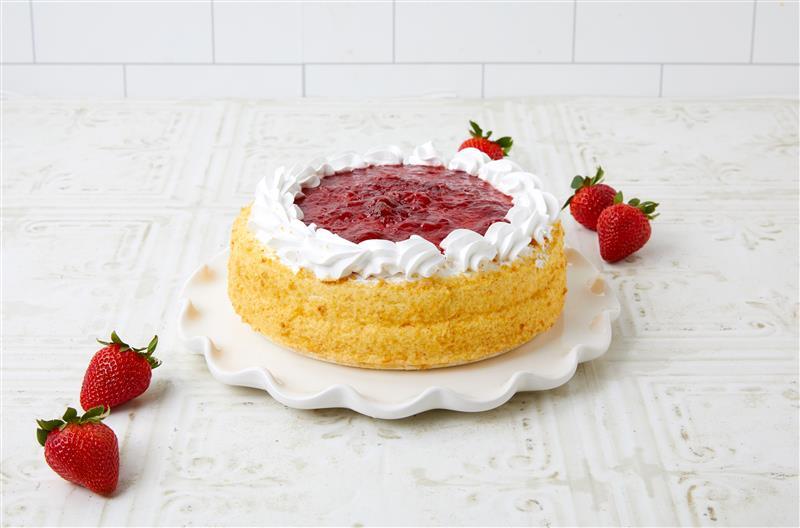
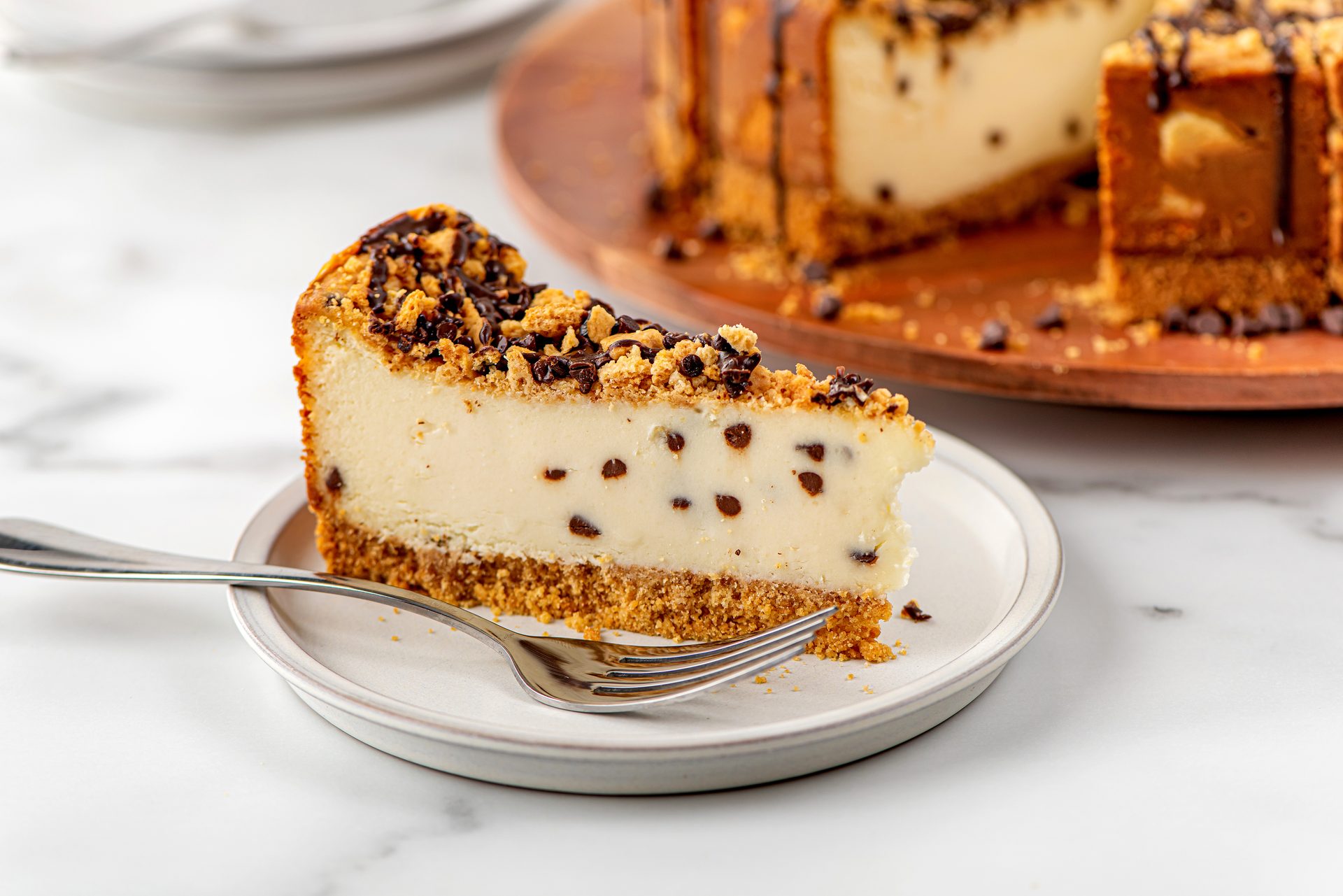
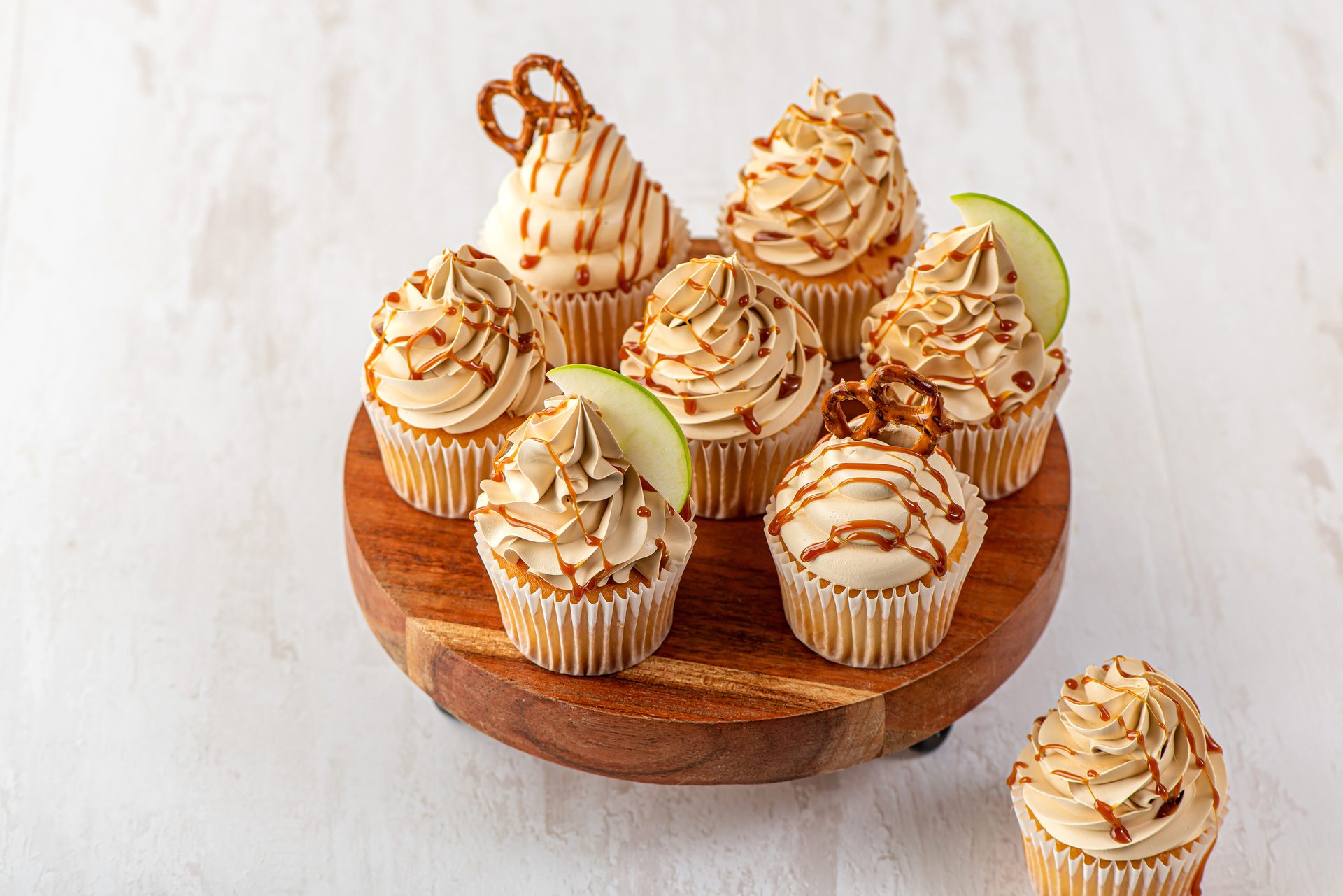
Courtesy of Rich Products
“Skilled labor remains a significant challenge for in-store retail bakeries,” he says. “Rich's helps address this through hands-on bakery technical training, a robust library of online and on-demand resources, and a broad portfolio of high-quality thaw-and-sell solutions that allow bakeries to deliver fresh, delicious offerings with confidence and consistency.”
According to Chavenet, obstacles may come and go, but Paris Baguette plans to maximize its chances of future success by playing upon the organization’s strengths.
“Every brand faces challenges, and while we all work through the day-to-day opportunities, success lies in a strong people-first culture,” she states.
Producers can increase their shot at success by keeping up with consumer trends and delivering on those desires, Heiler notes.
“Interest in globally inspired bakery items continues to rise—while Hispanic favorites like churros and tres leches have helped drive this trend, consumer curiosity is now expanding toward Asian influences,” he advises. “Flavors such as lychee, matcha, and ube are gaining momentum, along with distinctive textures like mochi and boba that offer a unique sensory experience.”
Chavenet remarks that Paris Baguette has enjoyed success with its limited-time offerings, and customers should expect to continue finding such offerings at its locations.
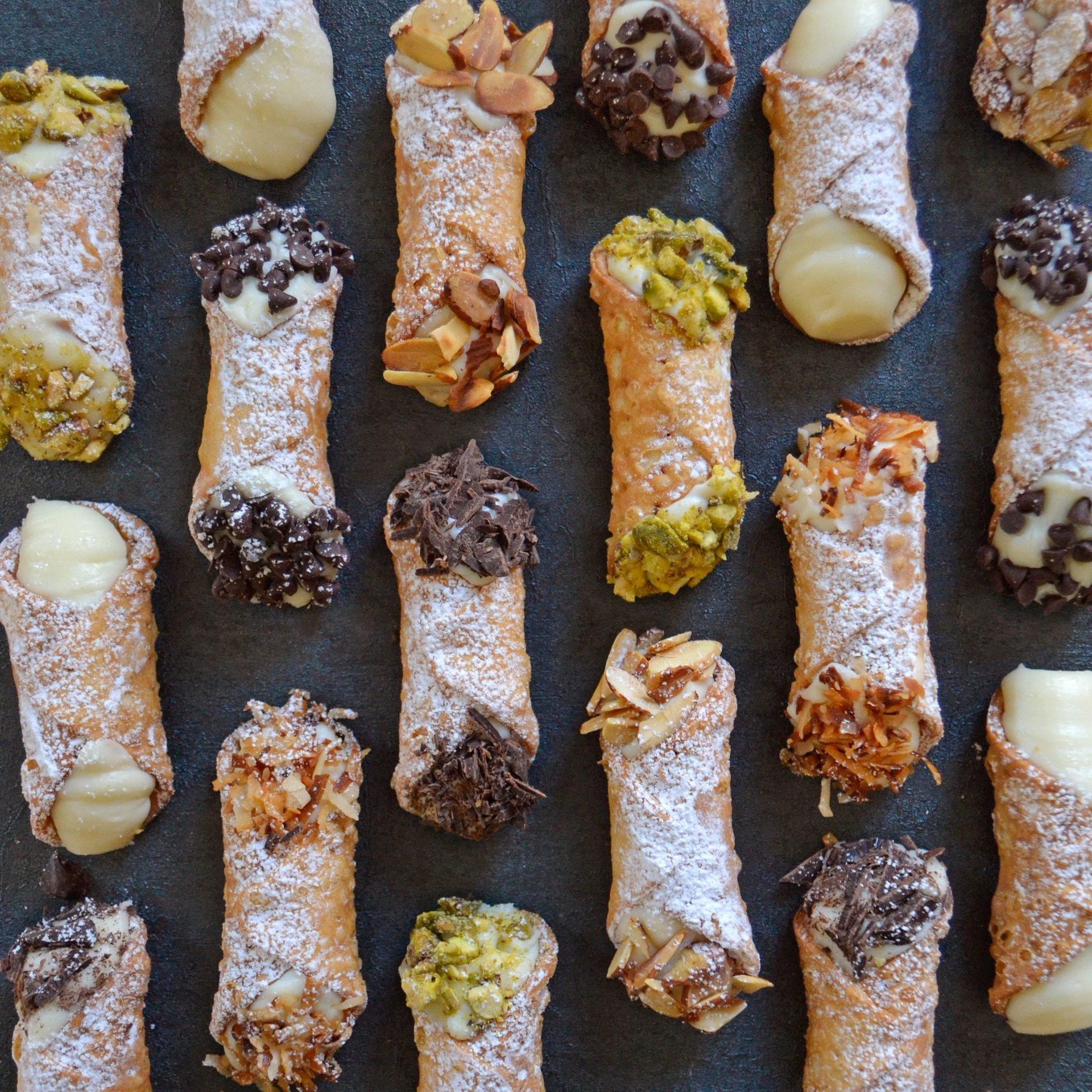

Courtesy of Golden Cannoli
“Our guests can look forward to a range of seasonal creations launching in the coming months, all thoughtfully crafted by our in-house team of chefs; this summer, we’re especially excited to spotlight the flavors of the season: strawberry and pistachio,” she advises. “As part of our upcoming menu, guests can expect a variety of delicious offerings that celebrate this vibrant pairing, including the Strawberry Pistachio Bombolone, a soft, pillowy doughnut filled with pistachio mascarpone custard and fresh strawberries; and our Strawberry Pistachio Fraisier Cake, layers of vanilla sponge cake, pistachio soft cream, and fresh strawberries, topped with crunchy pistachios and strawberry pieces, available as a full cake or by the slice.”
Valerie Bono-Bunker, Golden Cannoli chief sales and marketing officer/co-owner, says while the road has been rocky for dessert producers, she is confident things are likely to ease in the near future.
“We are very optimistic that once the costs level off, the desire for high-quality desserts in ISB will return to growth in specialty desserts, and we will see another jump in commitment to cannoli awareness,” she muses. “Also, sources from international factories has slowed and we are seeing an uptick in requests for our items made here in the U.S.”
Bono-Bunker also advises consumers shopping the category will continue prioritizing portion control and affordable indulgence,
“Smaller pack sizes and everyday low prices will be key to continuing to drive customers to the bakery, without compromising quality,” she states.
“We’re incredibly energized by the growth we have seen over the past year and inspired by the exciting possibilities within the evolving bakery landscape.”
— Cathy Chavenet, chief marketing officer, Paris Baguette




